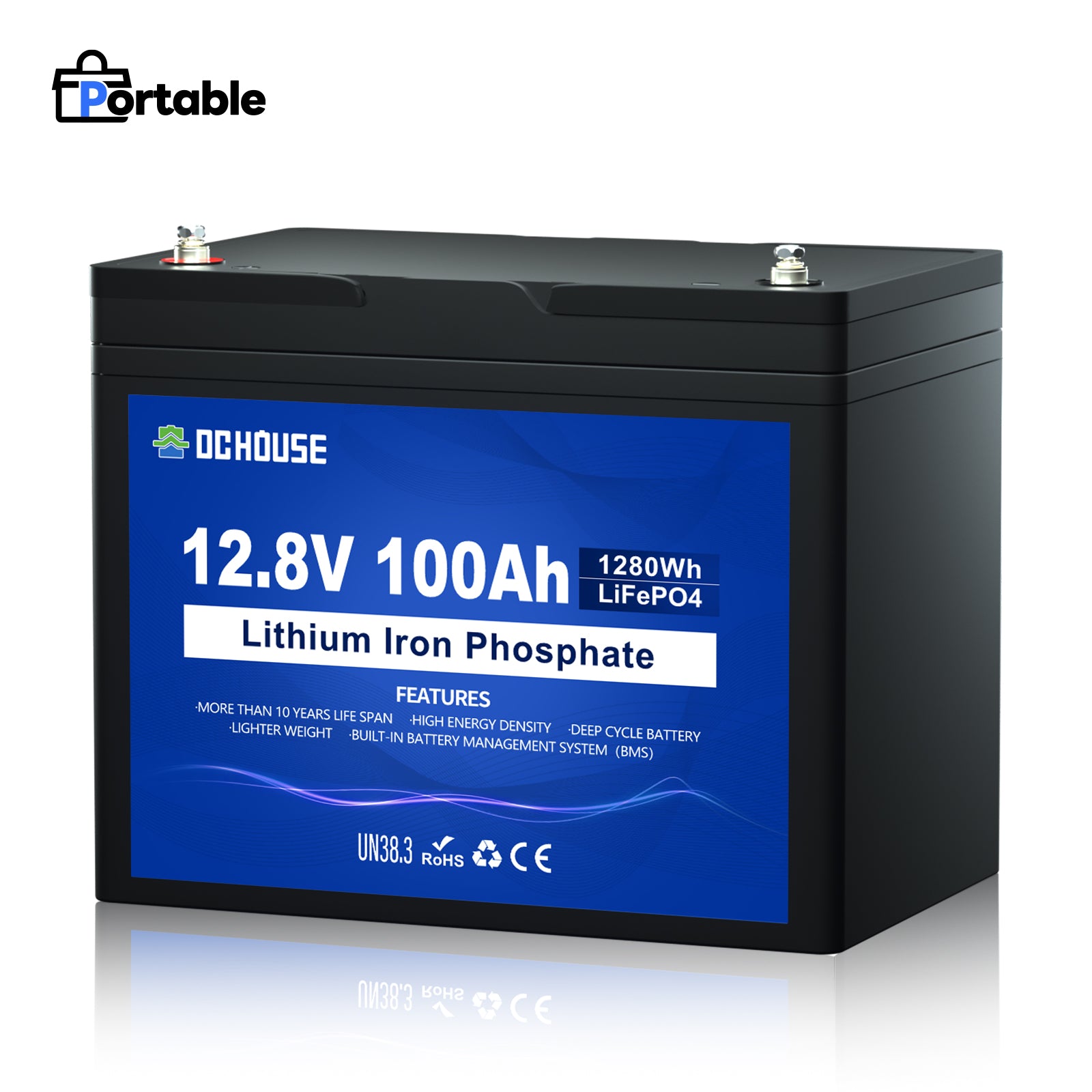22,500+ Happy Customers
+700 5-Star Reviews
30 Day Guarantee
22,500+ Happy Customers
+700 5-Star Reviews
30 Day Guarantee
22,500+ Happy Customers
+700 5-Star Reviews
30 Day Guarantee
22,500+ Happy Customers
+700 5-Star Reviews
30 Day Guarantee
22,500+ Happy Customers
+700 5-Star Reviews
30 Day Guarantee
22,500+ Happy Customers
+700 5-Star Reviews
30 Day Guarantee












 UK
UK
 DE
DE
 FR
FR




